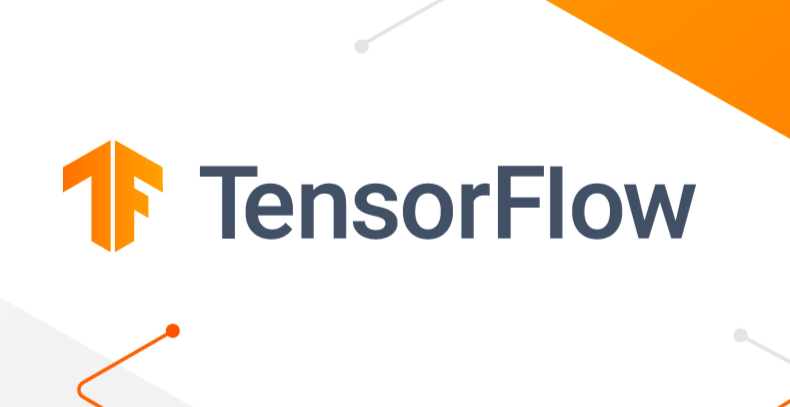Flutter 3.22, the latest release as of May 14, 2024, marks a significant milestone in the evolution of cross-platform app development. One of the most groundbreaking features introduced in this version is the shift from JavaScript to WebAssembly (Wasm) for Flutter web apps.
This transition brings about a paradigm shift in performance, efficiency, and user experience, setting a new standard for web application development. Shifting from JS to WASM, Flutter has significantly boosted its performance and more options for AI integration.
Understanding the Significance of WebAssembly in Flutter 3.22
WebAssembly, a binary instruction format, enables high-performance execution of code on web browsers. In the context of Flutter, the adoption of WebAssembly for web app compilation represents a leap forward in terms of speed and optimization.
By directly compiling Flutter web apps to Wasm, developers can achieve native-like performance, particularly crucial for applications with rich animations and transitions that demand a smooth frame rate for optimal user experience.
Impeller Engine Advancements and Vulkan Backend Integration
In addition to the WebAssembly integration, Flutter 3.22 brings major advancements to the Impeller rendering engine. Notably, the completion of the Impeller Vulkan Backend on Android stands out as a game-changer.
Vulkan, a powerful graphics API, offers substantial performance improvements, enabling Flutter apps on Android to render graphics more smoothly and responsively. This enhancement is particularly beneficial for applications relying on animations, complex UI elements, or 3D graphics.
Ongoing Optimizations and Experimental API for Impeller
The Flutter team’s commitment to continuous improvement is evident in the ongoing optimizations for specific areas like blur effects and complex path rendering. These optimizations aim to enhance overall performance and reduce resource consumption on mobile devices, ensuring a seamless user experience across various platforms.
Moreover, Flutter 3.22 introduces a new experimental API for testing with Impeller, allowing developers to target the Impeller engine specifically. This API facilitates the writing of unit tests that ensure consistent rendering behavior across different platforms and devices, further enhancing the reliability and performance of Flutter applications.
Transitioning to WebAssembly: Benefits and Considerations
The shift from JavaScript to WebAssembly in Flutter 3.22 brings a multitude of benefits for developers and end-users alike. Some key advantages include:
- Enhanced Performance: WebAssembly offers near-native performance, enabling Flutter web apps to run faster and smoother.
- Improved User Experience: With optimized rendering and faster load times, users can enjoy a more responsive and engaging web application experience.
- Cross-Platform Consistency: By leveraging WebAssembly across platforms, developers can ensure a consistent performance standard regardless of the device or browser used.
However, transitioning to WebAssembly may also present challenges, such as:
- Learning Curve: Developers accustomed to JavaScript may need to familiarize themselves with the nuances of WebAssembly and its integration within the Flutter framework.
- Tooling Support: Ensuring compatibility with existing tools and libraries when shifting to WebAssembly is essential to maintain a seamless development workflow.
For more Tech reads and AI updates, Keep visiting Enlight Info.





